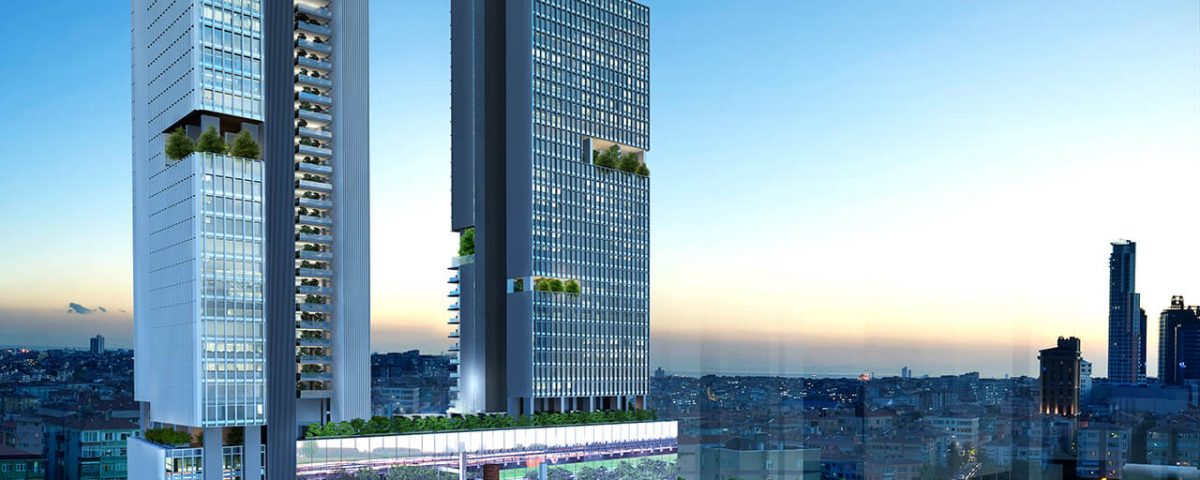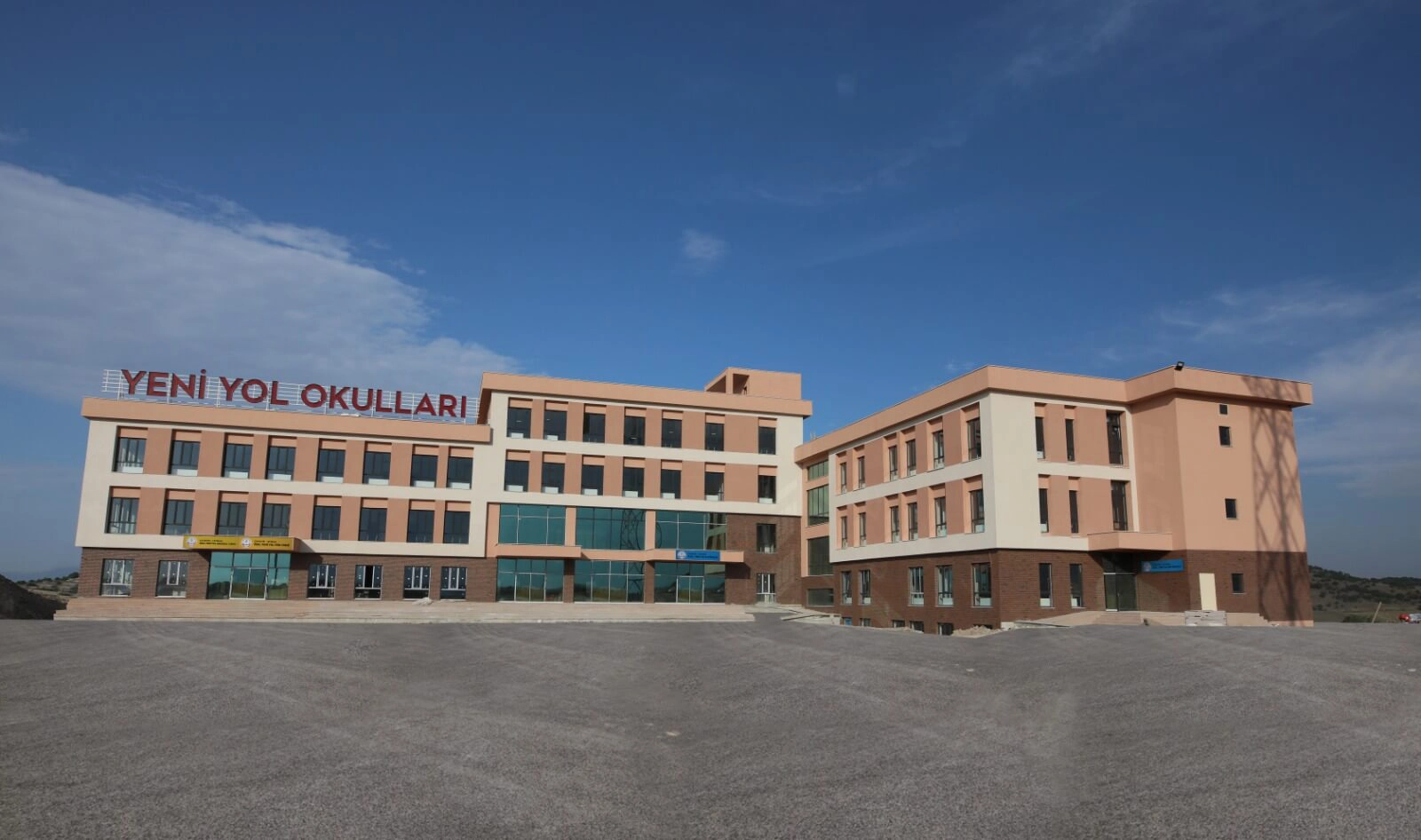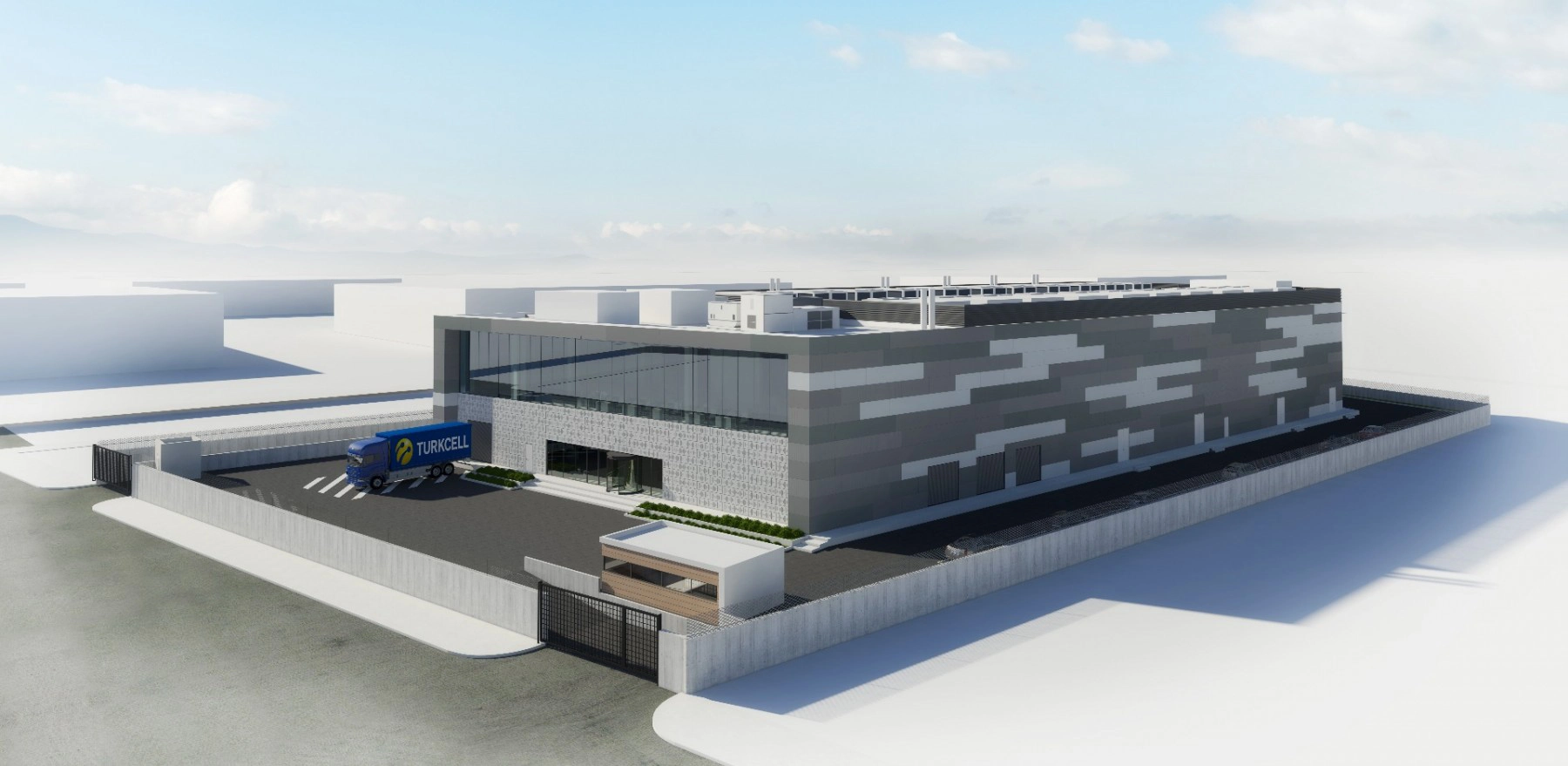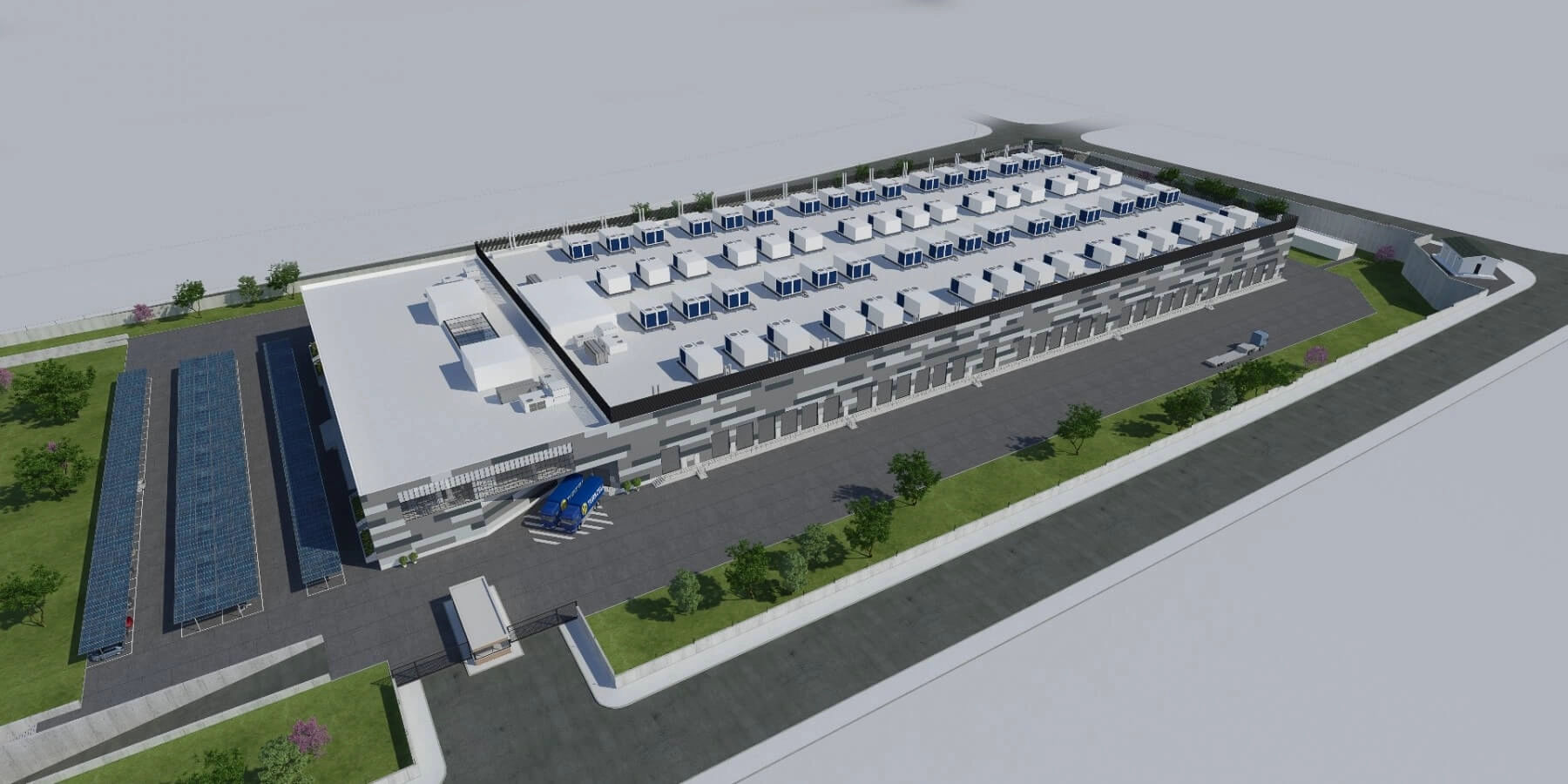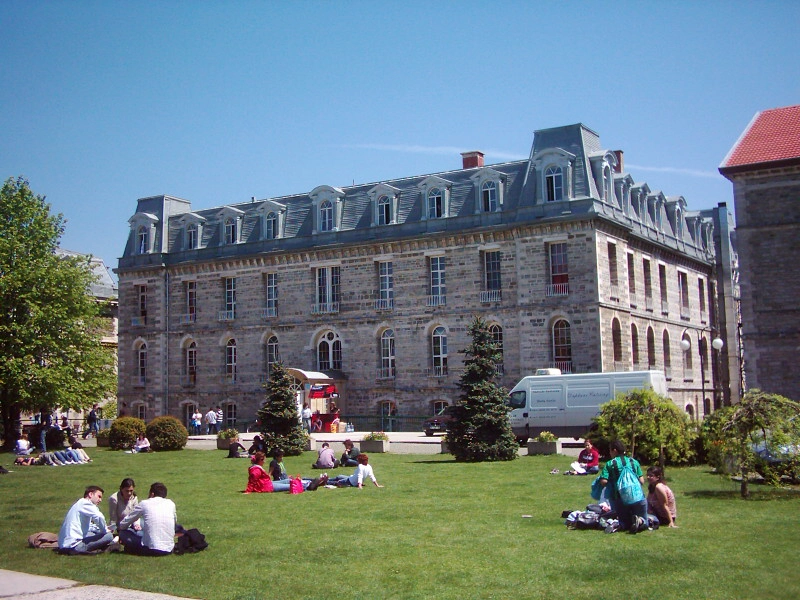
Boğaziçi Hamlin Hall
27/01/2014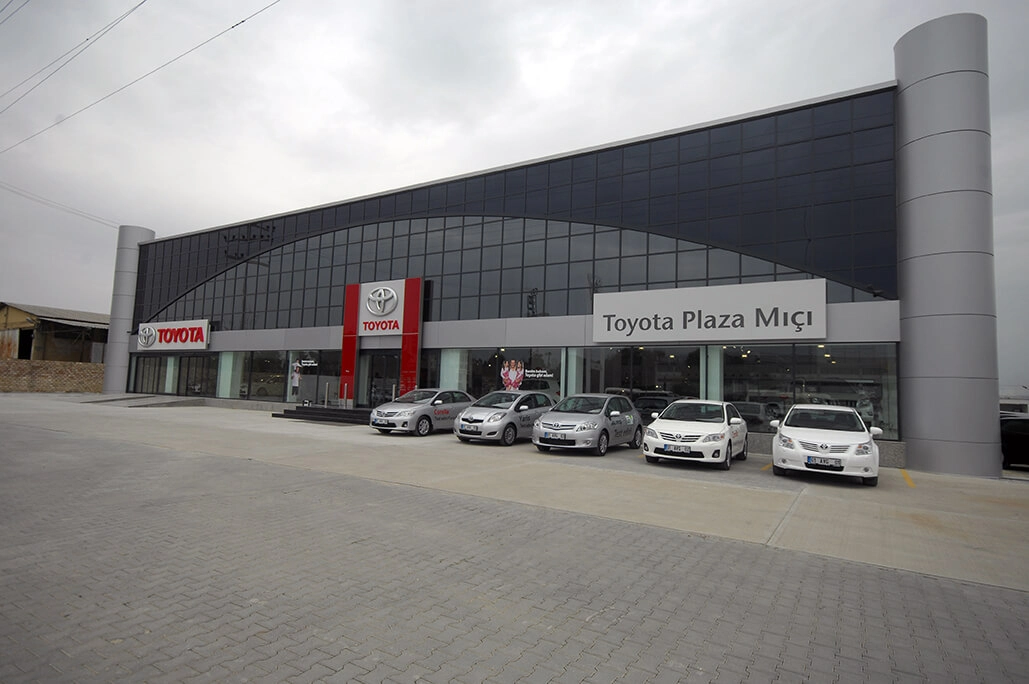
Toyota Plaza Mıçı
30/01/2014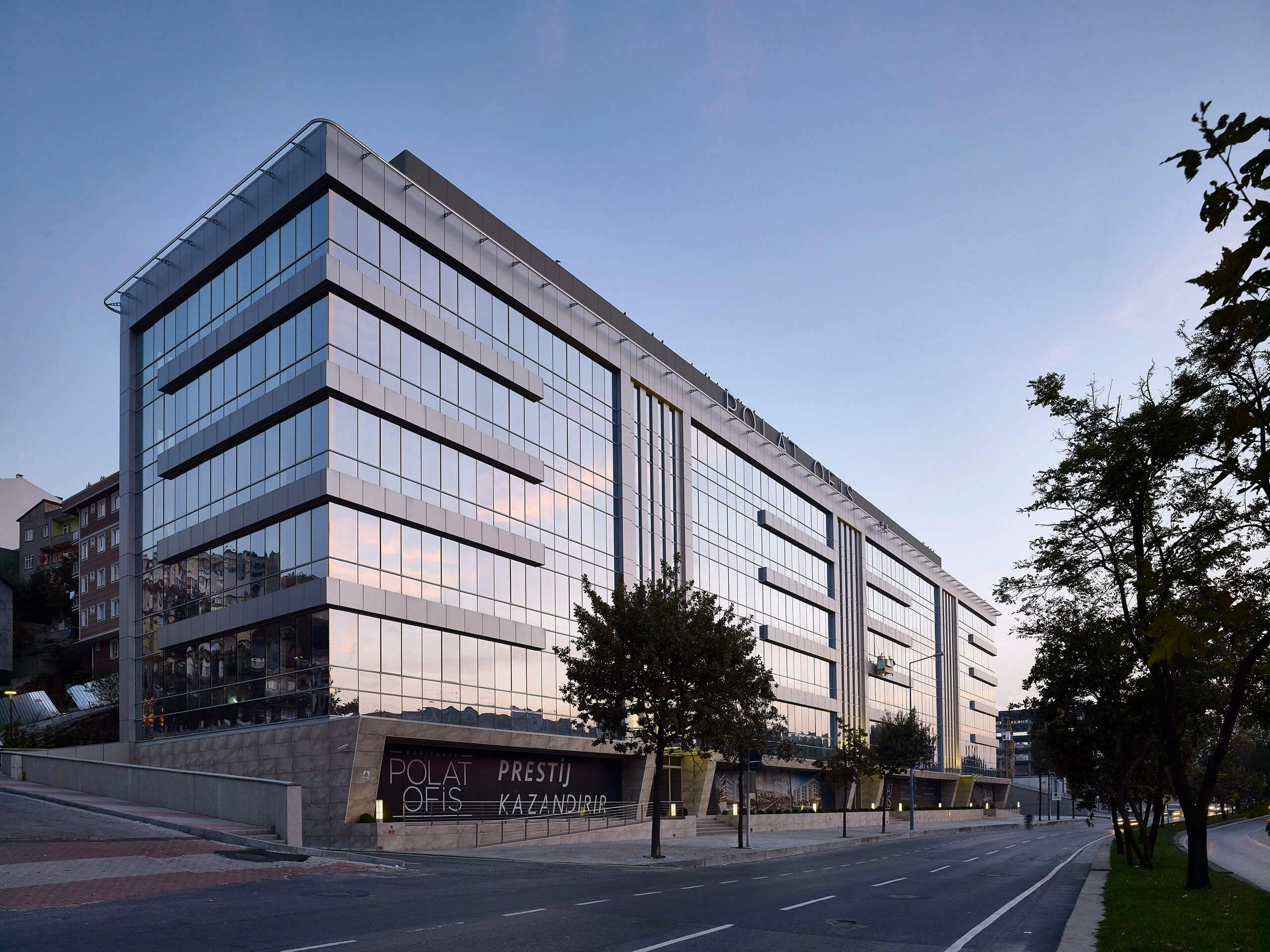
Project Details
Project Name: Quasar Istanbul
Project Owner: Viatrans – Meydanbey
Project Location: İstanbul
Indoor Area: 164918 m2
Turkeco Services: DGNB Certification Process / LCA / Energy Modeling
Certificate Type: DGNB GOLD

%31

%40

%33
Project Details
Quasar Istanbul which is developed by Viatrans-Meydanbey Joint Venture, has been the first project to take DGNB (German Sustainable Building Certificate) Gold pre-certification, in Turkey.
Unlike other Green Building certificates, the DGNB Gold certificate, which also includes social and economic criteria, there is need to be scored above LEED Platinum and BREEAM Excellent. Within the scope of the DGNB certificate, the project was evaluated according to various criteria such as examining the energy use of the building, sustainable settlement, water use, material and resource consumption, and indoor quality. Since this certificate includes economic and social factors that are not in the content of other international certificates, the level ‘green’ is reached and, the degree of ‘sustainability’ is achieved. Quasar Istanbul includes offices, housing units, service apartments, commercial areas and Fairmont Hotel which is the first hotel to develop the Green Partnership Program. For that reason, highly efficient equipments are chosen for this project. Selection of low water consuming luminaires and the use of efficient irrigation systems in landscaping areas and the selection of local plants provide water savings of up to 40% in the project. With the detailed life cycle evaluation method, the environmental performance of the building was documented and the ecological footprint of the project was evaluated quantitatively. All materials used in the project have been taken into consideration for their environmental impacts.
The transformation of the old liquor factory in the project area into a museum has enabled the visitors to benefit from this cultural area.

